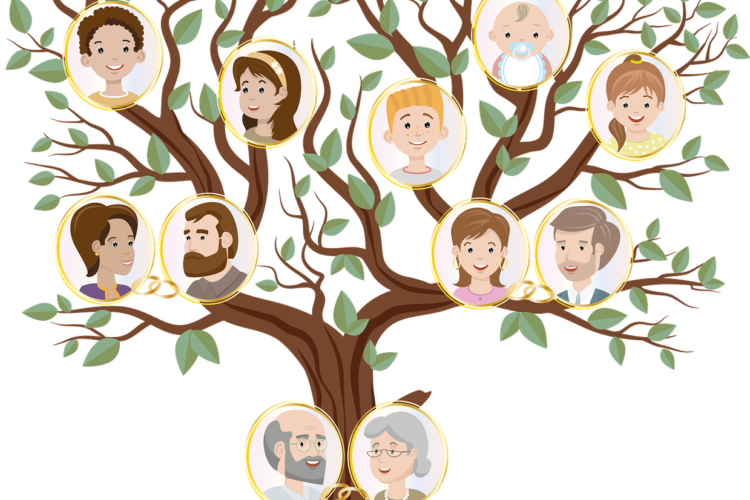The Purpose of Genealogy Records

Genealogy records document a person’s life, create a family tree, and provide information for future generations. It also serves a variety of other purposes.
Professional genealogists are usually interested in tracing the family lineage of individuals in the public domain, such as in historical records or ancestry trees. They are also concerned with establishing family connections, often by marriage, descent, caste, or social status.
To Document a Person’s Life
Genealogy records have many different purposes, but the main purpose is to document a person’s life. This can be done in various ways, including writing down events in a journal or creating a one-second video daily, recording gratitude or Q&A videos with relatives, and even taking photos.
If you are interested in learning about your ancestors, the first step is to gather information from family members and write it down. You can do this by asking questions, reading family Bibles, journals, letters, and obituaries, and looking through photographs of your ancestors.
Another important way to start is by searching online databases. These databases, like the new Irish genealogy records are often available in local libraries and family history centers and can help you find important documents. Some of the most valuable genealogist resources include birth and death records, military records, naturalization records, obituaries, church records, immigration records, census records, probate records, and genetic testing.
When you are looking at family documents, make sure to look at each entry with an open mind. These entries may not be written clearly or specifically, but they can tell you important details about the people in the document and their lives.
You can also use these records to solve mysteries. For example, if your ancestor’s parents changed their name after marriage, you can find out which other relative used that name by searching for it in birth and death records.
You can also use these records to help you figure out how to contact a relative. If your ancestor left you an address when they died, you could look for their death record to see if it lists that address. If they died in a different state, you could also check with other states to see if their records are still available.
To Create a Family Tree
The purpose of genealogy records is to trace a family’s history and ancestry. They can help you determine whether you have an ancestor who was involved in any famous historical events and provide a way to identify family members from different countries and periods.
Genealogy is a hobby that can be a great way to spend time, learn about your past, and connect with your relatives. It can also be a source of pride for many people, as it can help them understand their unique heritage and roots.
One of the first steps in creating a family tree is to gather all your information about your ancestors. This includes writing down everything you know about each individual, asking other family members for details, and researching census records, news stories, land deeds, and other documents that can verify your ancestry.
Once you have the necessary information, make a family tree diagram or chart. You can do this by hand, freehand, or with a graphic software program. The best programs are easy to use and have a wide selection of templates.
Another important step in creating a family tree is to add names and dates to the chart. This will help you organize your information and ensure everyone is correctly positioned on the chart.
Drawing a family tree can be difficult, but it is a great exercise in identifying your family’s lineage. It can also help you better understand the historical and social context in which your ancestors lived.
To Provide a Source of Information for Future Generations
Genealogy is the practice of recording and putting into systematic order families’ histories according to their lineages. This may be done through written documents, graphical displays, or as a narrative. People become interested in genealogy for various reasons, including understanding their past and origins, finding a famous relative, or a sense of responsibility to future generations.
It can also help in scholarly or forensic research, such as determining how many ancestors are linked to certain diseases. It can also provide insight into what conditions your ancestors suffered from and what might occur in the future, which could help you take better care of yourself and your family.
A good genealogist knows how to use traditional sources like census records, births, marriages and deaths, obituaries, probate documents, and military and church records. They also learn about repositories, such as libraries, archives, and genealogical societies that house various historical documents and records.
One way to do this is by keeping a record of all the information you find, whether from traditional sources or online. This can be a useful tool to help you remember what you have found and where to go next for new information.
To Help Solve Problems
Genealogy records are a great way to learn about an ancestor’s life and to build a family tree. Using genealogy records to find clues about an ancestor is fun and rewarding. There are a few things you should keep in mind, though, when using these records to solve your genealogical mysteries.
One of the most important things you can do is to look at each document in its own right, not just as a source of one particular piece of information. You may find that a document is more than the sum of its parts or is more esoteric than you first thought.
Another thing to remember is that there are many types of historical records, some more specialized than others. So investigate them before putting your name on a single record.



